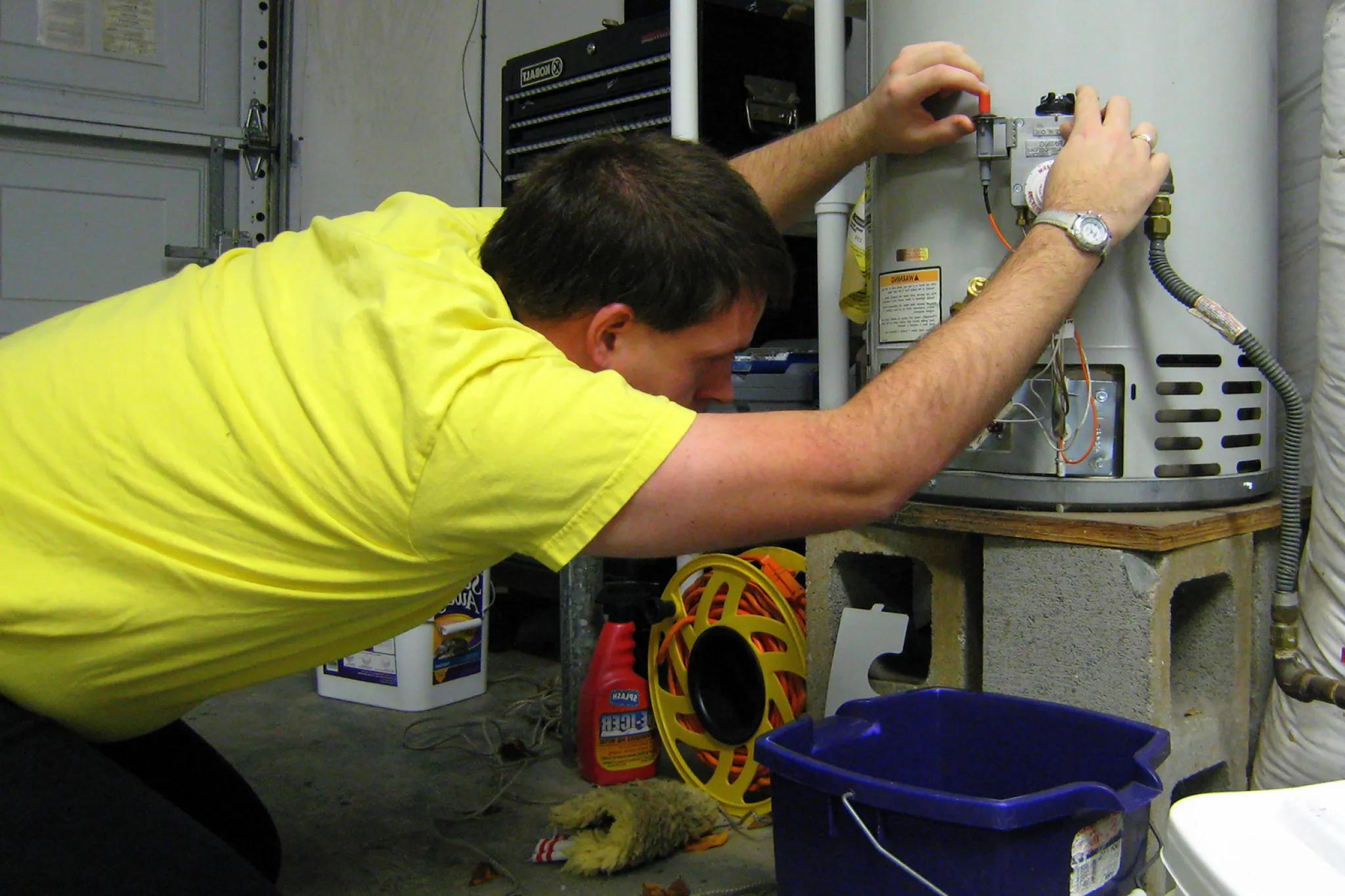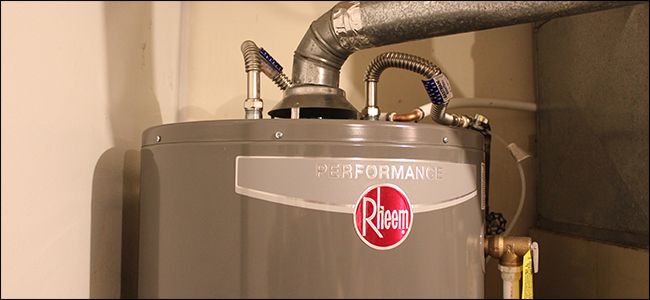Essential Maintenance Tips for Your Home's Hot Water System
Essential Maintenance Tips for Your Home's Hot Water System
Blog Article
This post below involving Water Heater Maintenance Tips You Can't Afford to Forget is without a doubt informative. Don't skip it.

Hot water is important for daily comfort, whether it's for a refreshing shower or washing dishes. To guarantee your warm water system runs successfully and lasts much longer, routine maintenance is essential. This short article gives sensible pointers and understandings on exactly how to preserve your home's hot water system to avoid disruptions and pricey fixings.
Intro
Preserving your home's hot water system might seem overwhelming, however with a few straightforward steps, you can ensure it runs efficiently for many years to come. This overview covers whatever from understanding your hot water system to DIY maintenance pointers and understanding when to hire professional aid.
Value of Preserving Your Hot Water System
Routine maintenance not just prolongs the lifespan of your warm water system however also guarantees it runs effectively. Overlooking maintenance can bring about reduced efficiency, greater energy bills, and also premature failure of the system.
Signs Your Warm Water System Requirements Upkeep
Knowing when your warm water system needs attention can stop major problems. Look out for indications such as inconsistent water temperature level, unusual sounds from the heating unit, or rusty water.
Comprehending Your Hot Water System
Before diving into upkeep tasks, it's useful to understand the standard elements of your hot water system. Commonly, this consists of the water heater itself, pipelines, anode rods, and temperature controls.
Month-to-month Maintenance Tasks
Regular month-to-month checks can help capture minor concerns before they escalate.
Purging the Water Heater
Purging your hot water heater gets rid of debris build-up, boosting efficiency and extending its life.
Monitoring and Changing Anode Rods
Anode rods protect against rust inside the tank. Checking and replacing them when broken is important.
Inspecting and Changing Temperature Setups
Adjusting the temperature level settings makes certain optimal performance and safety and security.
DIY Tips for Upkeep
You can carry out a number of upkeep tasks yourself to maintain your hot water system in top problem.
Checking for Leakages
Frequently check pipes and links for leakages, as these can result in water damages and higher expenses.
Testing Pressure Alleviation Valves
Testing the pressure safety valve ensures it works appropriately and avoids extreme stress buildup.
Protecting Pipelines
Shielding hot water pipelines lowers heat loss and can conserve power.
When to Call a Professional
While do it yourself upkeep is useful, some problems call for professional competence.
Facility Issues Needing Specialist Aid
Examples include significant leakages, electrical issues, or if your hot water heater is continually underperforming.
Routine Expert Upkeep Conveniences
Expert upkeep can include complete inspections, tune-ups, and guaranteeing conformity with safety and security standards.
Final thought
Normal upkeep of your home's hot water system is important for effectiveness, durability, and price financial savings. By following these tips and understanding when to look for professional assistance, you can make certain a dependable supply of hot water without unanticipated disruptions.
How to Maintain an Instant Hot Water Heater
Before tinkering with your hot water heater, make sure that it’s not powered on. You also have to turn off the main circuit breaker and shut off the main gas line to prevent accidents. Also turn off the water valves connected to your unit to prevent water from flowing into and out of the appliance. 2. When you’re done, you have to detach the purge valves’ caps. These look like the letter “T†and are situated on either side of the water valves. Doing so will release any pressure that has accumulated inside the valves while at the same time avoid hot water from shooting out and burning your skin. 3. When the purge valves’ caps are removed, you have to connect your hosing lines to the valves. Your unit should have come with three hoses but if it didn’t, you can purchase these things from any hardware or home repair shops. You can also get them from retail stores that sell water heating systems. Read the user’s manual and follow it to complete this task properly. When the hosing lines are connected, open the purge port’s valves. 4. You should never use harsh chemical cleaners or solutions when cleaning your unit. Make use of white vinegar instead. It should be undiluted and you’ll probably use about 2 gallons. 5. Now flush your water heater. This task should probably take about 40 minutes. We can’t give you specific directions for this because the procedure is carried out depending on the type, model and brand of your heater. With that being said, refer to the user’s manual. 6. When you’re done draining the unit, you have to turn off the purge port valves again. Remove the hosing lines that you earlier installed on each of the water valves. Put the valve caps (purge port) back in their respective places and be very careful so as not to damage the rubber discs that are found inside these caps. 7. Now that everything’s back in place, check your user’s manual again to find out how to reactivate your water heating system. 8. Once it is working, turn one of your hot water faucets on just to let air pass through the heater’s water supply pipes. Leave the tap on until water flows smoothly out of it. https://www.orrplumbing.com/blog/2014/september/how-to-maintain-an-instant-hot-water-heater/

Do you really like reading about How to Maintain Your Water Heater & Prolong its Life? Put a remark further down. We would be glad to know your views about this write-up. In hopes that you come back again in the future. In case you appreciated our article if you please do not forget to share it. Thank-you for going through it.
Request Service Report this page